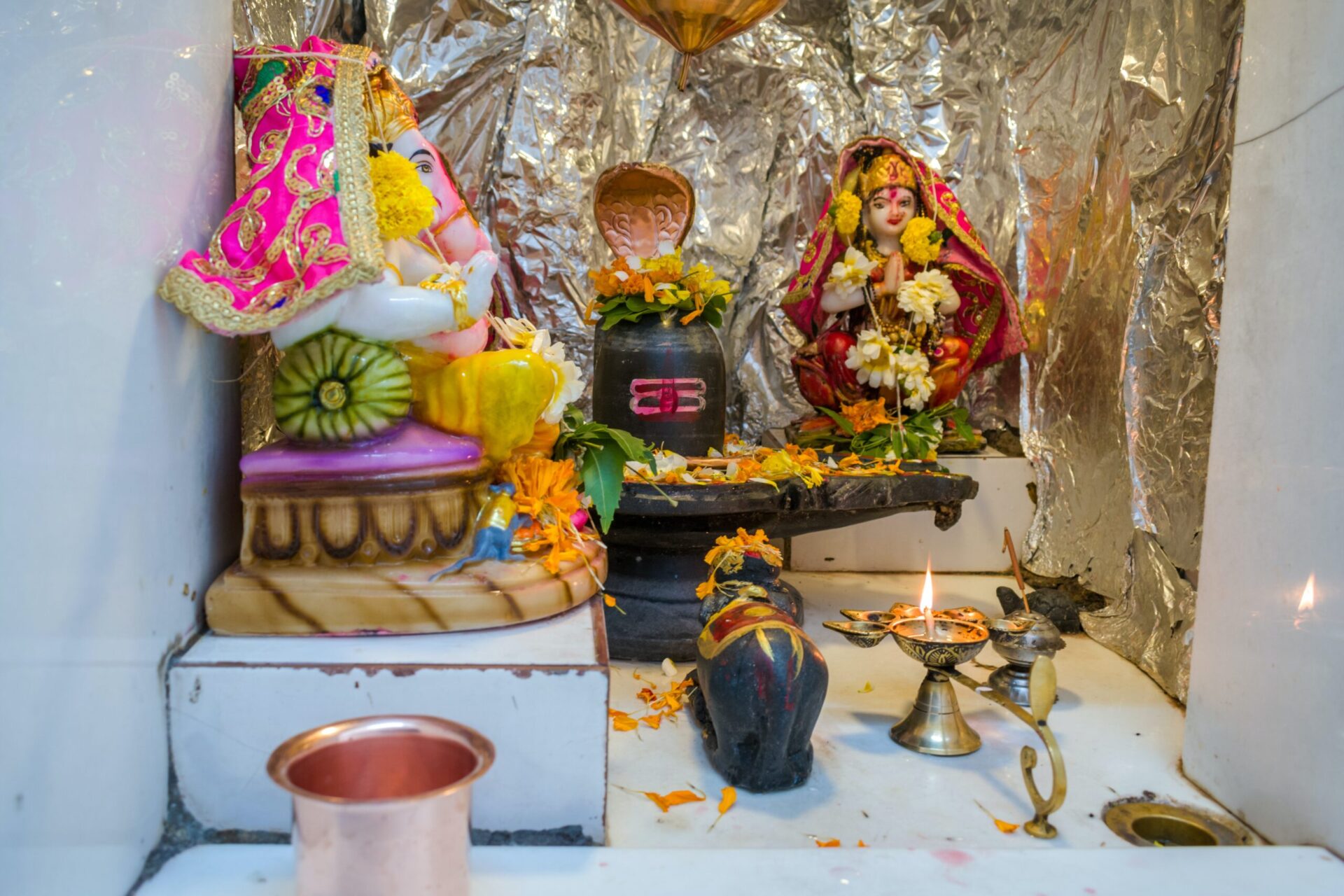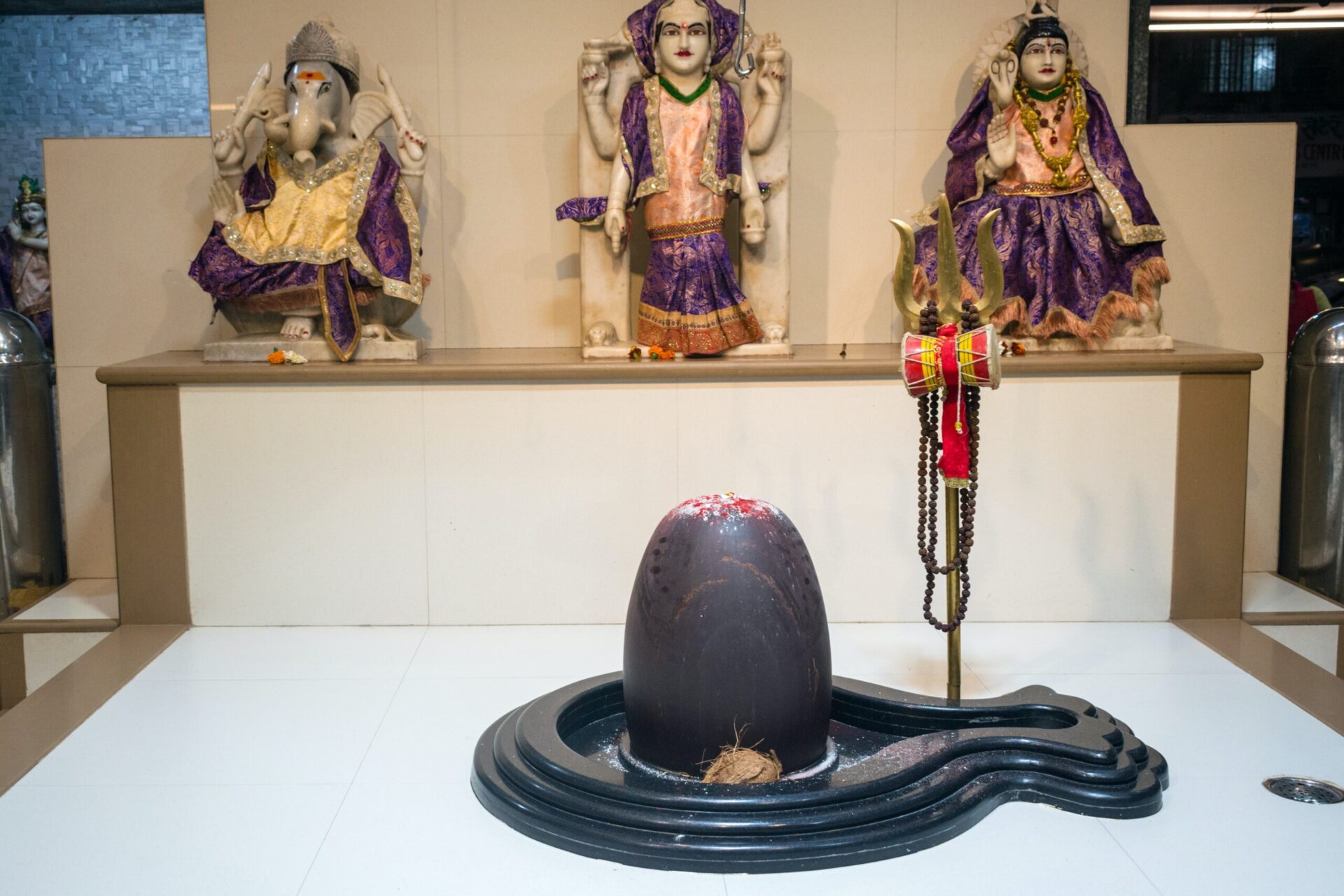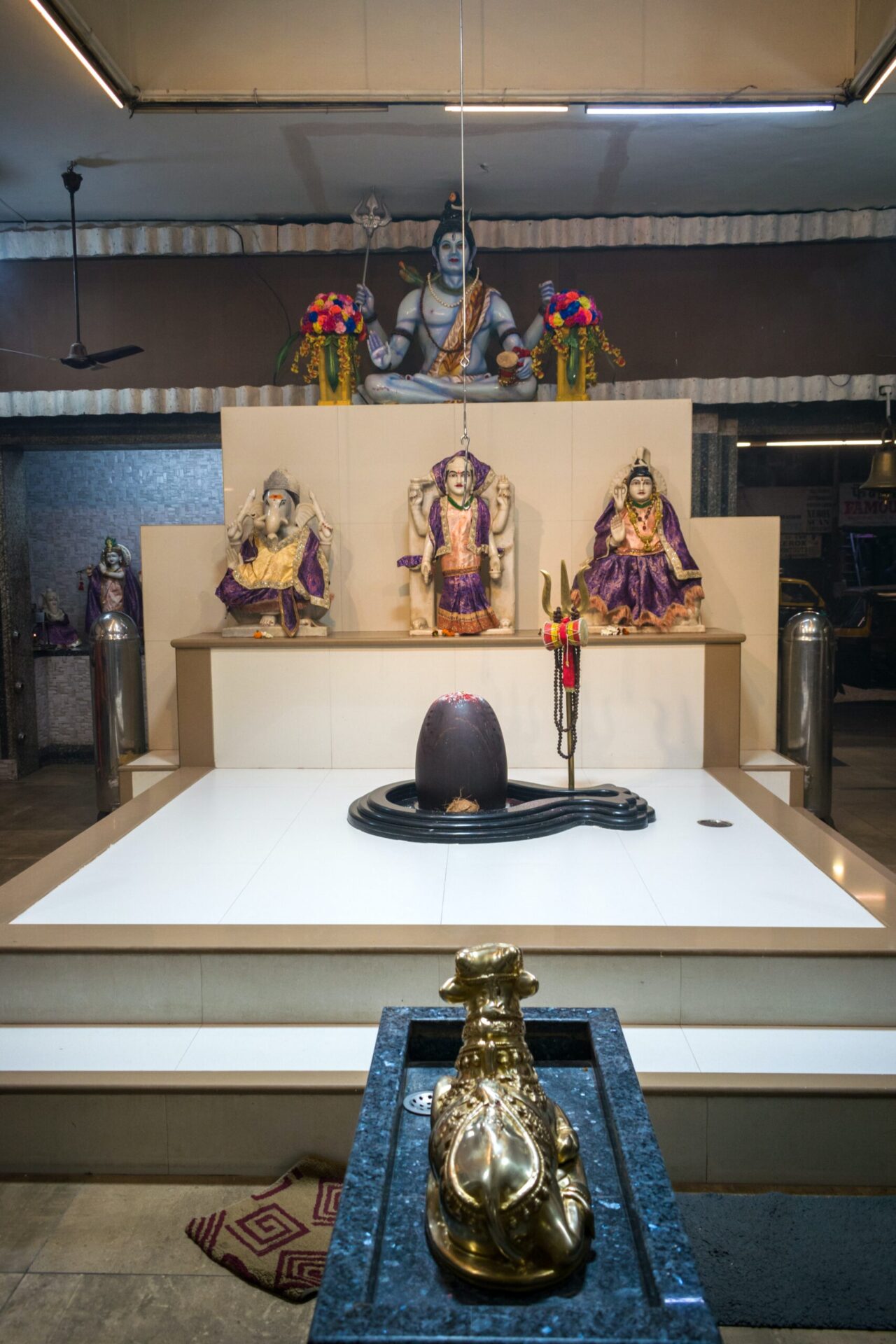Have you ever wondered which Hindu god is associated with the symbol of five heads? In Hindu mythology, there is one deity who stands out with this unique characteristic. This article will explore the fascinating story of the Hindu god who is believed to have five heads, delving into the significance behind each head and the symbolism it represents. Get ready to uncover the intriguing tale of this extraordinary divine being.
Table of Contents
The Hindu God with 5 Heads
Introduction
Hinduism, one of the oldest religions in the world, has a rich and diverse pantheon of gods and goddesses worshipped by millions of devout followers around the globe. Among these deities, there is one prominent god who stands out with his unique and awe-inspiring feature – Lord Shiva, the god with five heads. This article delves into the significance of multiple heads in Hinduism, explores the different forms of Lord Shiva, examines the symbolism and meanings behind his five heads, and discusses the representation, worship, and devotion to Panchamukha Shiva. Additionally, we will also touch upon other Hindu gods with multiple heads, shedding light on the fascinating realm of Hindu mythology.
Significance of Multiple Heads in Hinduism
In Hinduism, the concept of divine multiplicity is deeply ingrained. The gods and goddesses are believed to possess various powers and attributes, each associated with a unique aspect of creation, preservation, or destruction. The multiple heads of the deities act as symbolic representations of these different powers and qualities. The presence of multiple heads signifies the multifaceted nature of the divine beings and is a visual depiction of their vast cosmic powers. It showcases the divine energy flowing through them and their ability to govern various aspects of the universe.

Lord Shiva and His 5 Heads
Lord Shiva, also known as Mahadeva or the Great God, is one of the most revered gods in Hinduism. He is considered the paragon of transcendence and is worshipped as the supreme lord of the universe. Lord Shiva is often depicted with various forms and attributes, each conveying a different aspect of his divine nature. One of his most famous forms is that of Panchamukha Shiva, the five-headed representation of the deity. With each head representing distinct qualities and powers, Panchamukha Shiva encapsulates the essence of Lord Shiva’s multidimensional character.
Different Forms of Lord Shiva
Lord Shiva is a versatile deity, known to assume different forms to fulfill specific cosmic roles. Let’s explore some of the notable forms of Lord Shiva:
Nataraja – The Cosmic Dancer: Lord Shiva is often depicted as Nataraja, the cosmic dancer. This form showcases his role as the supreme creator and destroyer of the universe. As he dances, he symbolizes the eternal cycle of creation, preservation, and dissolution.
Ardhanarishvara – The Half-Male Half-Female Form: In this unique form, Lord Shiva is depicted as half-male and half-female, embodying the unity and balance of masculine and feminine energies. Ardhanarishvara signifies the inseparable relationship between Shiva and his consort, Goddess Parvati.
Bhairava – The Fierce Form: Bhairava represents Lord Shiva’s wrathful aspect. He is portrayed as a fierce deity, often depicted with a sword in hand, symbolizing his ability to destroy obstacles and protect his devotees.
Rudra – The Destroyer: Rudra, a fearsome form of Lord Shiva, is associated with destruction and chaos. As the embodiment of the destructive force necessary for renewal and transformation, Rudra plays a crucial role in the cosmic order.
Maheshvara – The Supreme Lord: Maheshvara, also known as Mahesh or Mahadeva, is the supreme lord of the universe. This form represents Lord Shiva’s role as the highest authority, governing over all other deities, and embodying ultimate wisdom and power.

The 5 Heads of Lord Shiva
The five heads of Lord Shiva in the Panchamukha form hold significant symbolism. Let’s delve into the description and meanings of each head:
Ishana: This head faces northeast and represents the power of creation (Isha) and the element of ether (Akasha). Ishana epitomizes the supreme consciousness and divine knowledge.
Tatpurusha: Facing east, Tatpurusha signifies the element of air (Vayu). It symbolizes the cosmic intelligence and wisdom of Lord Shiva.
Aghora: The south-facing head, Aghora represents the element of fire (Agni). It embodies the fiery aspect of Lord Shiva’s nature and is associated with transformation and destruction.
Vamadeva: Facing the north, Vamadeva signifies the element of water (Jala). It symbolizes the nurturing and life-giving qualities of Lord Shiva.
Sadyojata: The west-facing head, Sadyojata represents the element of earth (Prithvi). It symbolizes the grounded and material aspects of Lord Shiva.
The five heads of Lord Shiva collectively represent the balance and harmony between the five elements – ether, air, fire, water, and earth – and the cosmic forces they embody. Each head embodies distinct aspects of Shiva’s divine attributes and cosmic powers.
Symbolism and Meanings of the 5 Heads
The five heads of Lord Shiva carry profound symbolism and meanings. Let’s explore their significance:
Purusha and Prakriti – The Cosmic Duality: The two heads, Ishana and Tatpurusha, represent the cosmic duality of Purusha (the masculine principle) and Prakriti (the feminine principle). Together, they embody the essential balance and interplay of masculine and feminine energies in the universe.
Control over Pancha Bhootas – The Five Elements: Each head corresponds to one of the five elements – ether, air, fire, water, and earth. Lord Shiva’s mastery over these elements signifies his dominion over the natural world and his ability to create and manipulate cosmic forces.
Five Faces as Five Manifestations of Shiva’s Power: The five heads represent the five manifestations of Lord Shiva’s power, namely creation, preservation, destruction, nurturing, and materiality. They symbolize the diverse roles and responsibilities Shiva undertakes in maintaining the cosmic order.
Representing Five Aspects of Life: Each head of Lord Shiva represents a specific aspect of life, encompassing creation, knowledge, transformation, nurturing, and sustenance. Together, they signify the complete cycle of existence and the divine presence in every aspect of human life.
Depiction of Five Sense Organs: The five heads also symbolize the five sense organs – ears, eyes, nose, tongue, and skin. They represent Lord Shiva’s omnipresence and his connection with every facet of human perception.

Representation of Panchamukha Shiva
The artistic representations of Panchamukha Shiva in Hindu iconography are diverse and captivating. Artists and sculptors depict Lord Shiva with five heads, often adorned with intricate headdresses and crowns. These representations can be found in temples, sculptures, and paintings across various regions and styles of Hindu art. The exact interpretation and visual depiction of Panchamukha Shiva may vary across different cultural traditions and artistic influences, but the core symbolism and essence remain intact.
Worship and Devotion to Panchamukha Shiva
Devotees of Lord Shiva hold deep reverence and devotion towards Panchamukha Shiva. Various temples are dedicated to the worship of this unique form. Worshipers engage in rituals and practices specific to Panchamukha Shiva, seeking blessings for various aspects of their lives. Devotional hymns and mantras are chanted, praising the five-headed deity and invoking his divine presence.
Other Hindu Gods with Multiple Heads
While Panchamukha Shiva stands out with his five heads, there are other Hindu gods and goddesses associated with multiple heads. Lord Brahma, the creator deity in Hindu mythology, is often depicted with four heads, symbolizing his extensive knowledge and creative abilities. Goddess Durga, the divine mother and warrior goddess, is sometimes portrayed with multiple heads and arms, signifying her immense power and ability to tackle various challenges simultaneously.
Conclusion
The Hindu God with five heads, Lord Shiva in his Panchamukha form, holds profound significance in Hindu mythology and worship. The five heads of Lord Shiva showcase his diverse powers, divine attributes, and cosmic responsibilities. They symbolize the cosmic duality, elemental mastery, manifestations of divine energy, and various aspects of life. Panchamukha Shiva embodies the dynamism and versatility of Hindu gods, leaving a lasting impression on the hearts and minds of devotees. The continued worship and devotion to Panchamukha Shiva exemplify the timeless relevance and spiritual significance of this unique form in contemporary Hinduism.